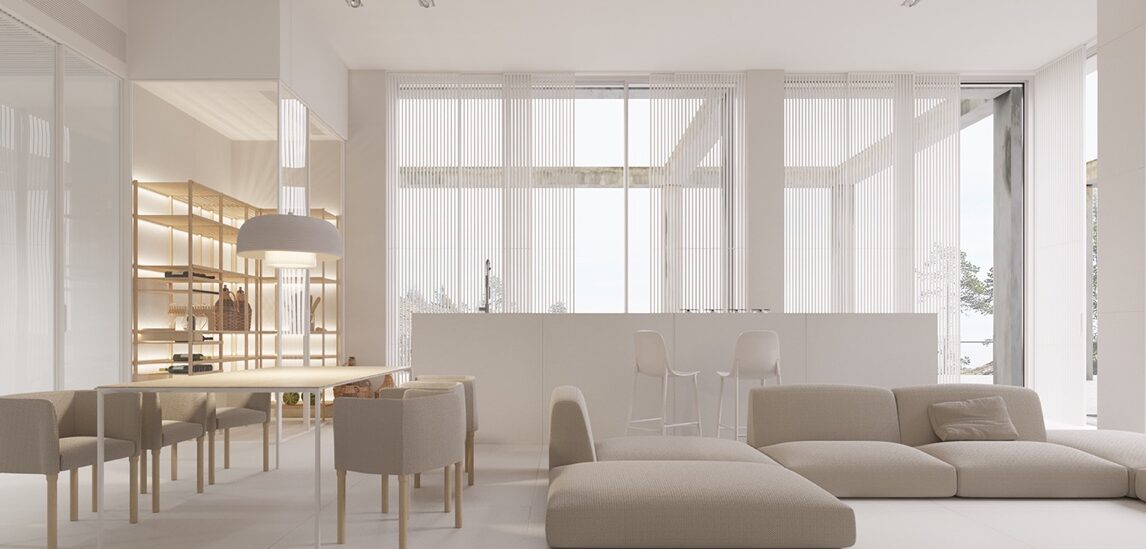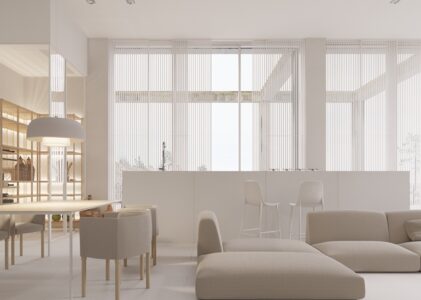Minimalist home decor is an interior design approach that has gained popularity in recent years. It prioritizes simplicity, functionality, and the use of natural materials, which goes hand in hand with a more sustainable and mindful approach to living. The minimalist design is characterized by a reduction in the number of objects in a space, creating a clean and uncluttered look. This design style is all about simplicity, functionality, and the beauty of the essentials, with clean lines, neutral colors, and a lack of unnecessary furniture.
There are several benefits to embracing minimalist home decor. For one, it allows for a greater sense of balance in the home, creating a calming and serene atmosphere that promotes relaxation and mindfulness. Additionally, a minimalist approach to design can lead to a more sustainable and eco-friendly lifestyle, as it encourages mindful consumption and reduces waste. Furthermore, minimalist design can be a cost-effective way to decorate a home, as it often requires fewer pieces of furniture and decor.
Inspiration for minimalist design can come from a variety of sources. Some people find inspiration in the beauty of natural materials, such as wood and stone, while others are drawn to the simplicity of geometric shapes and patterns. Minimalism has been a defining aspect of interior design for decades, and there are many resources available for those looking to incorporate this style into their homes. Ultimately, the minimalist design is all about creating a space that is both functional and aesthetically pleasing, while promoting a more mindful and sustainable way of living.
Choosing a color scheme for minimalist home decor
Color plays a crucial role in minimalist design, as it helps to create a calming and serene atmosphere while serving as a neutral background for statement pieces. Neutral color palettes, such as white, beige, and gray, are often used in minimalist home decor. These colors are simple and uncomplicated, allowing the focus to remain on the clean lines and streamlined furniture silhouettes that are characteristic of minimalist design. Additionally, subtle color choices can simplify the minimalist aesthetic, making it easier to achieve a cohesive and harmonious look.
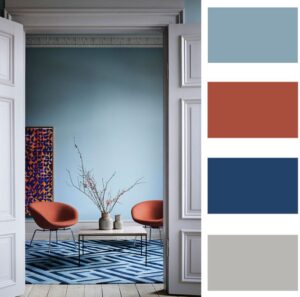
Monochromatic color schemes are also a popular choice in minimalist home decor. This approach involves using different shades and textures of the same color to create depth and interest in a space. Monochromatic color schemes can be achieved using any color, but black and white are particularly popular choices. Using a monochromatic color scheme can help to create a cohesive and visually pleasing space, while still maintaining the simplicity and minimalism that are central to this design style.
When selecting a color scheme for minimalist home decor, it is important to consider the materials used in the space as well. Every material has a color, so incorporating natural materials like wood and stone can add warmth and texture to a space. Ultimately, the goal of minimalist design is to create a space that is clean, uncluttered, and visually appealing. By embracing simplicity and focusing on clean lines, subtle colors, and natural materials, minimalist home decor can transform any space into a peaceful and calming oasis.
Furniture and accessories for minimalist home decor
Minimalist home decor is all about simplicity and functionality. Choosing the right furniture is essential to achieving a minimalist look in your home. When selecting furniture, opt for pieces with clean lines and minimal ornamentation. A common practice is to arrange furniture in a way that allows for easy movement and access to all areas of your home. This means selecting furniture that is both aesthetically pleasing and functional, such as a sleek sofa with hidden storage compartments or a coffee table with a minimalist design and built-in storage. By selecting furniture that is both practical and visually appealing, you can create a space that is both functional and stylish.
Minimalist home decor is all about keeping things simple and uncluttered. Functional accessories are key to achieving this look. Opt for accessories that serve a purpose, such as a minimalist clock or a sleek wall-mounted coat rack. Avoid adding too many decorative items, as this can clutter the space and detract from the overall minimalist aesthetic. Additionally, incorporating storage solutions, such as floating shelves or minimalist cabinets, can help keep your home organized and free of clutter. By selecting functional accessories and storage solutions, you can create a space that is both stylish and practical.
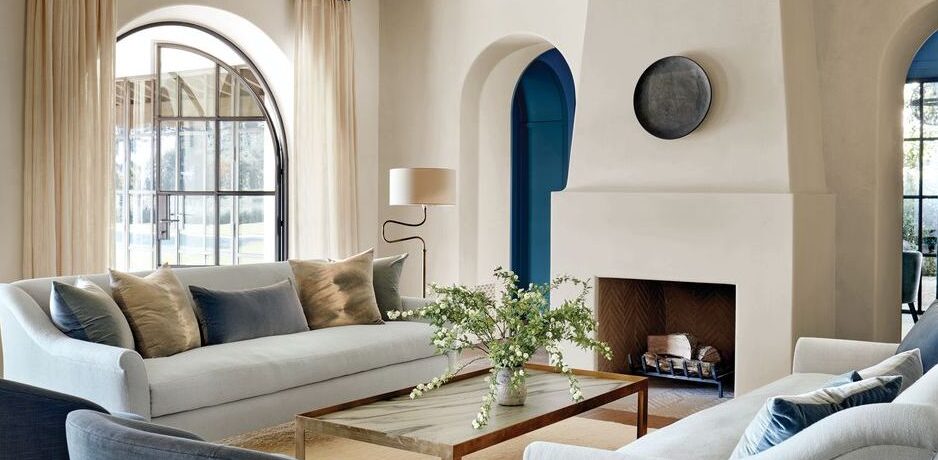
Decluttering is an essential aspect of achieving a minimalist home decor style. The first step to achieving a minimalist look in your home is to declutter. This means getting rid of anything that is no longer necessary or serves no purpose. Resist the urge to clutter up your surfaces with unnecessary items and keep your space clean and uncluttered. Additionally, incorporating a black and white color scheme can help create a minimalist look in your home. By embracing simplicity and clarity in your home decor, you can create a space that is both calming and visually appealing. Minimalism is more than just a trend, it is a lifestyle that prioritizes simplicity and functionality in all aspects of life.
Incorporating natural elements in minimalist home decor
Minimalist home decor emphasizes simplicity and functionality, and incorporating natural elements can enhance this aesthetic. Using natural materials like linen, wool, and cotton can soften the minimalist space and add unique textures. Scandinavian and Japanese interior design both prioritize natural materials and soft hues, combining to create a minimalist yet comfortable aesthetic. Additionally, indoor plants and greenery can bring life and a sense of calm to a minimalist space. Terrariums are a versatile and easy way to add greenery to any home decor. By incorporating natural elements, a minimalist home can become a warm and inviting sanctuary.
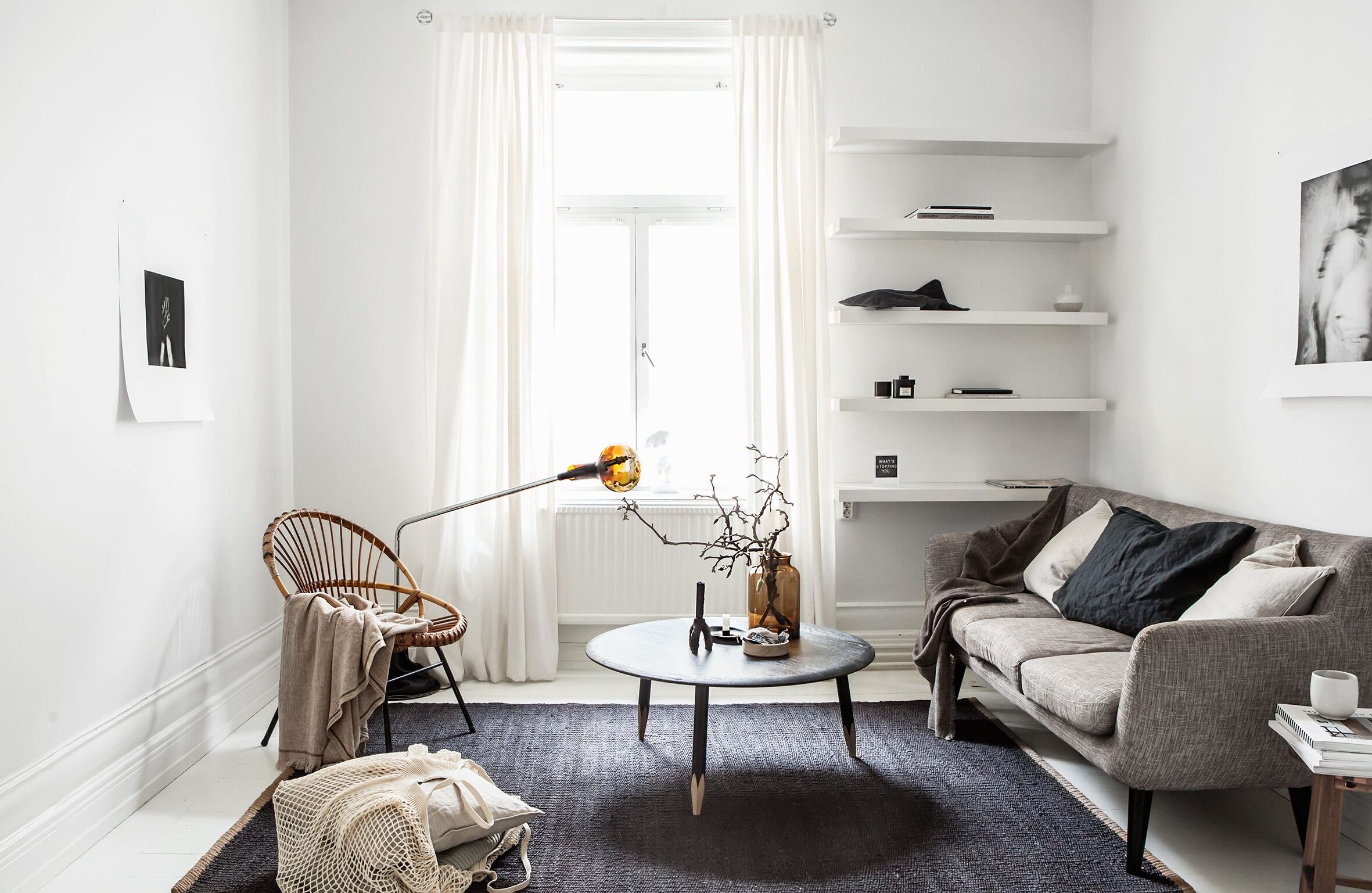
Natural light is another crucial element in minimalist home decor. Using light-colored window treatments can allow as much natural light as possible to enter the space, creating a calming and inviting atmosphere. Floor to ceiling windows can also be used to drench the home with natural light, as seen in the Grey Green Residence in Shandong, China and the mid-century modern home of Julia in California. Natural light can also highlight the beauty of natural materials and indoor greenery, adding depth and interest to a minimalist space.
Incorporating natural elements into minimalist home decor can create a cozy and stylish space. Beige Apartment in Minsk, Belarus is a great example of a minimalist home that uses natural, hard-wearing materials in pastel colors to create a warm and inviting atmosphere. By embracing simplicity and natural elements, a minimalist home can become a calming sanctuary that promotes relaxation and well-being.
Achieving a minimalist atmosphere in different rooms of the home
Minimalism is a design style that emphasizes simplicity and functionality while eliminating excess ornamentation. Embracing minimalism in home decor can create a calming and peaceful atmosphere, making it an increasingly popular trend among homeowners. Achieving a minimalist living room design can be done by selecting furniture with clean lines and neutral colors, removing unnecessary clutter, and incorporating natural elements such as plants or wood accents. Minimalist living rooms are characterized by a lack of decoration, with the focus being on the essentials and creating a sense of openness and tranquility.
Creating a minimalist bedroom design involves eliminating unnecessary items and focusing on functionality. A minimalist bedroom should have a simple color scheme and minimal furniture, with the focus being on creating a peaceful and restful environment. Downsizing and reorganizing can make the renovation and decorating process easier, allowing for a more efficient use of space. Minimalist bedrooms are designed to be a calming sanctuary, with the goal of promoting relaxation and restful sleep.
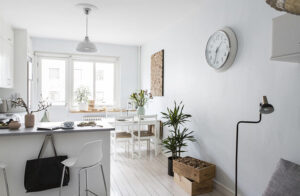
Minimalist kitchen and dining room design can be achieved by incorporating clean lines, neutral colors, and simple yet functional furniture. A minimalist kitchen should have a clutter-free countertop, with only the essentials on display. Minimalist dining rooms should have a simple table and chairs, with minimal decoration and a focus on functionality. By eliminating excess decoration and focusing on the essentials, a minimalist kitchen and dining room can create a serene and efficient cooking space.
